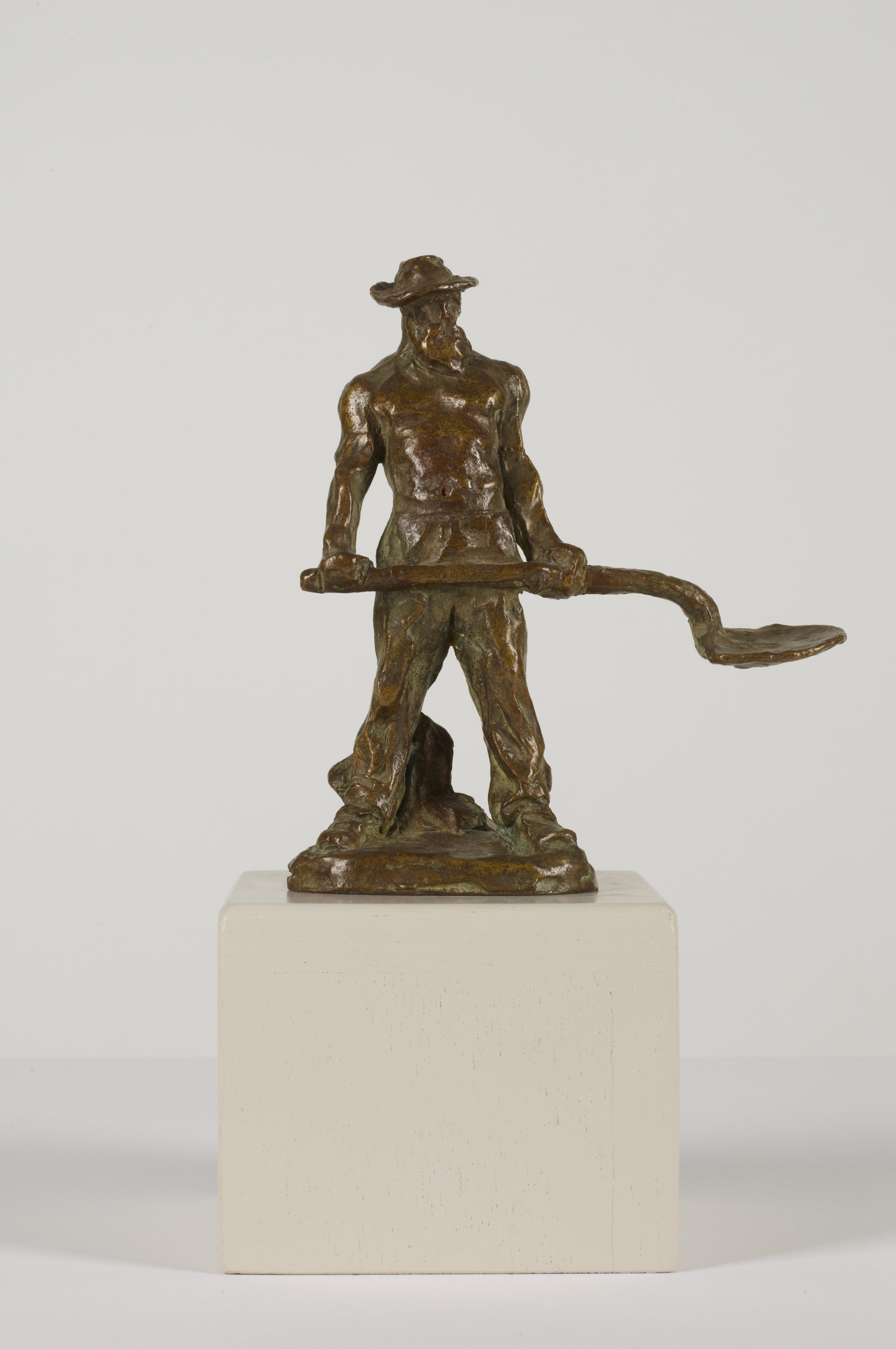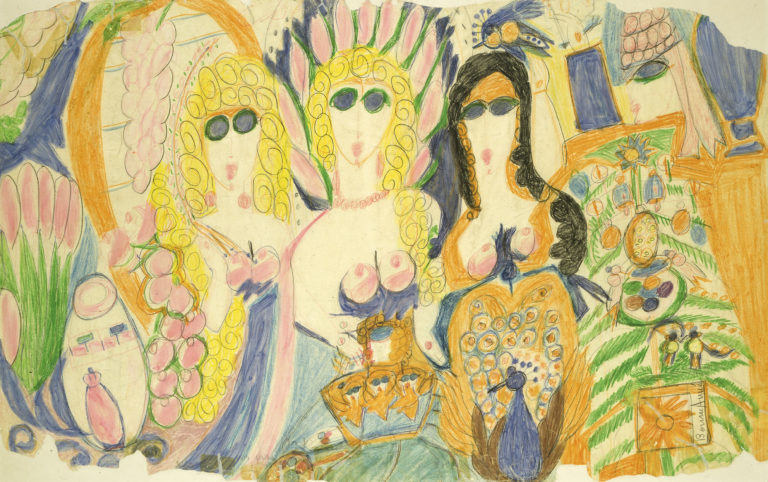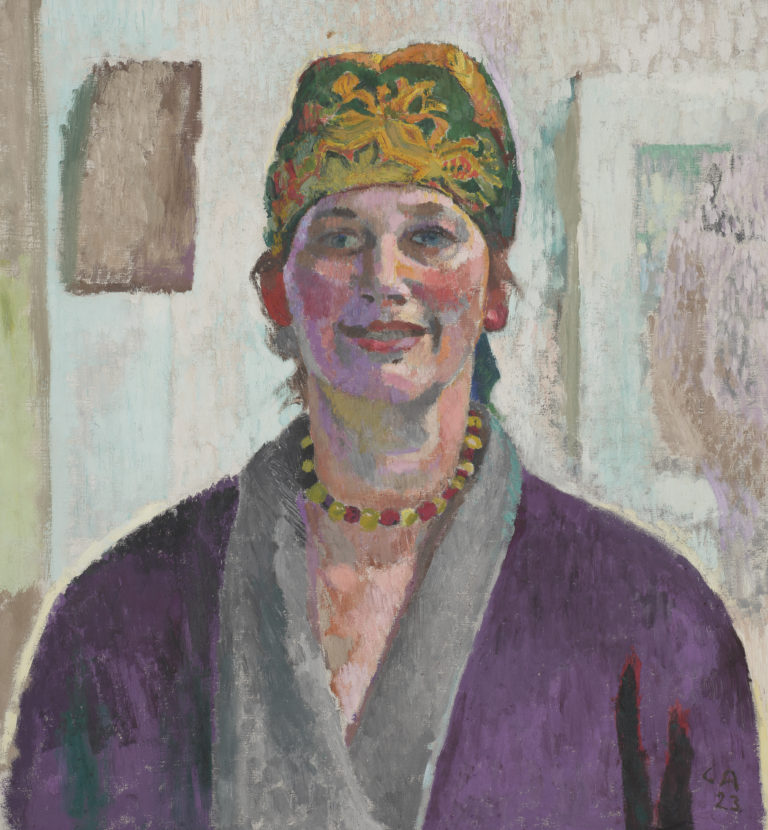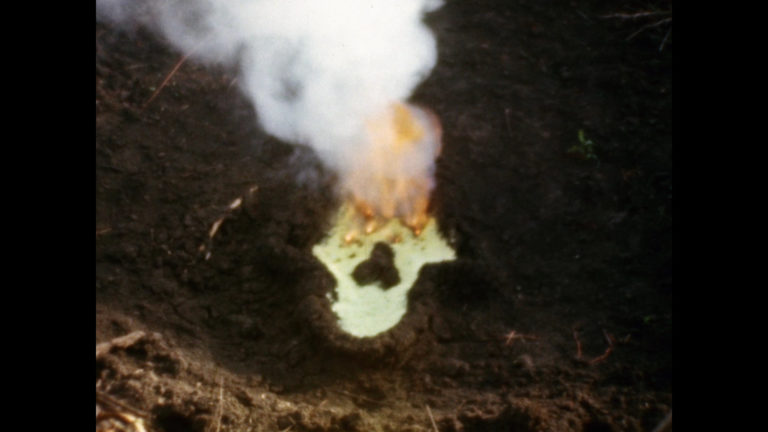Exposé actuellement
The CollectionBibliography
Amélie Simier, assisted by Marine Kisiel, Jules Dalou, le sculpteur de la République. Catalogue des sculptures de Jules Dalou conservées au Petit Palais, exh. cat. Paris, Petit Palais, Paris Musées, 2013: 202-308, n. 187.
Paul-Louis Rinuy, ‘La collection de sculptures modernes du docteur Henri-Auguste Widmer,’ in Jörg Zutter et Catherine Lepdor (ed.), La Collection du Dr Henri-Auguste Widmer au Musée cantonal des Beaux-Arts de Lausanne, exh. cat. Lausanne, Musée cantonal des Beaux-Arts, Milan, Skira, 1998 : 67-79, n. 168.




Aimé-Jules Dalou, a pupil of Jean-Baptiste Carpeaux and contemporary of Auguste Rodin, was a major French sculptor in the latter half of the nineteenth century. He turned his back on the idealised style adopted by the Académie des beaux-arts for a more innovative approach, being one of the earliest sculptors to work with modern subjects. Coming from a modest background himself, his democratic leanings determined his understanding of art’s mission: he used his work to promote a proto-Socialist humanism, while his style evolved towards realism. The course of his life was in turn shaped by his political activism.
He failed to win the Prix de Rome and as a Communard, he was exiled in England from 1871 to 1879. He remained faithful to his youthful ideals, creating a body of work that was progressive and politically informed. This is apparent from his most famous work, the monumental Triomphe de la République (Triumph of the Republic, 1899) in the place de la Nation in Paris. He worked on his Monument aux ouvriers (Monument to Workers, 1889-1902) for years until his death in homage to rural peasants, craftsmen, and labourers. The work was never completed for lack of a paid commission but is recorded in numerous studies.
Following Dalou’s death, his heirs brought attention to his work by encouraging large-scale reproductions. They signed contracts with the bronze founders Susse, Hébrard and Houdebine and the Manufacture de Sèvres for stoneware and biscuitware versions. This Terrassier, acquired by the collector Henri-Auguste Widmer some time prior to 1927, is one of many figures modelled for the Monument aux ouvriers. It reflects Dalou’s rigorous sense of realism in the carefully observed details of the body, pose, and tool, as well as the sensitivity and dignity typical of Dalou’s handling of such figures.